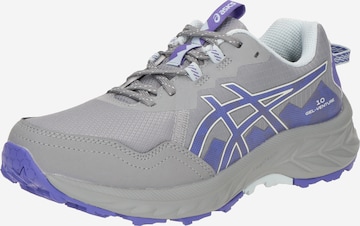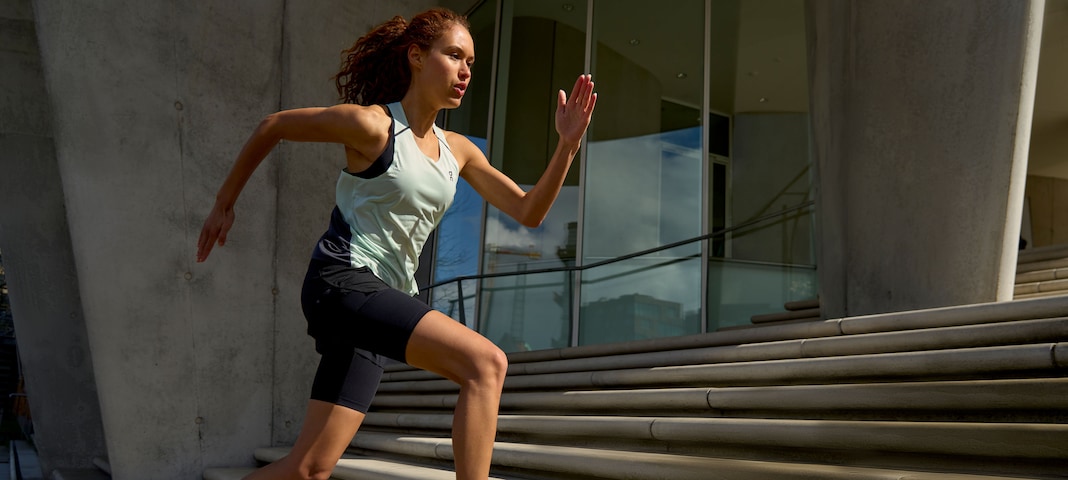Women's running shoes: On your marks, get set, go!
If you're a runner, then you'll need a good pair of trainers. Most athletes recommend taking the time to find the right pair. You might be able to cut costs in other parts of your sports wardrobe, but a solid pair of running shoes is essential if you want to avoid injury and reach your best performance. First, remember that not all trainers are the same. Running shoes are specifically designed for running. All-purpose sports trainers for other disciplines usually have a different shape, allowing you to sidestep or jump, but this isn't necessary for runners. Dedicated trainers for running are designed to give you ease and comfort as you move your feet forward, not sideways.
Choosing trainers for long-distance running
Preparing for a marathon or other long race? Your running shoes are essential! Choose trainers that are a half size or a full size bigger than you usually wear. That's because when you're running long distances, you'll usually find that your feet swell up a bit; by going up a size, you'll avoid rubbing or pinching. You will want some kind of cushioning in the sole, to protect your feet as you pound the pavement. The exact amount of cushioning comes down to personal choice, though. Make sure your shoes are breathable, too. This will stop you from sweating, keeping your feet dry – another race essential. Colour and style are very much about your personal choice. Some runners prefer bright colours to stay visible. This is something you should think about if you're running after dark.
How running shoes can help you stay strong
You should replace your trainers every 500-750 km. You might not even notice that the soles are starting to wear out, but if you keep using the same old trainers, your performance will gradually decrease, and you'll need more energy. Keep your trainers for running and nothing else. If you're training for a long race, you might want to get two pairs of identical trainers and alternate them. Don't wear them in the street, to the gym, or to play any other sports – that way, they'll last longer. Finally, always remember to buy your shoes during your training programme, and take your time getting used to them. Race day is never the right time to try new trainers!
 Unisex
Unisex Unisex
Unisex New
New New
New New
New Unisex
Unisex New
New Unisex
Unisex



















































































 Greta
Greta







